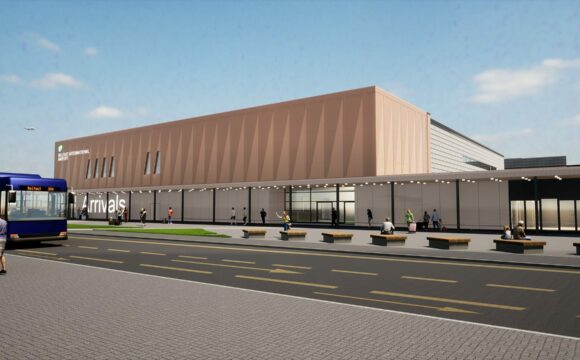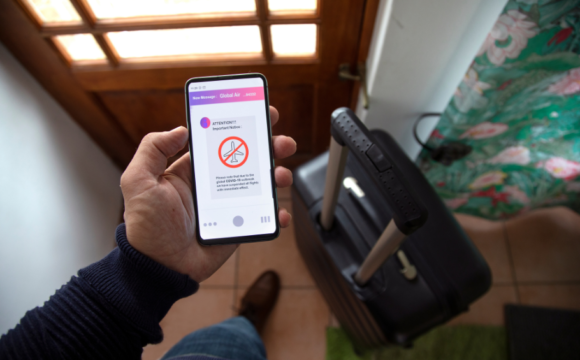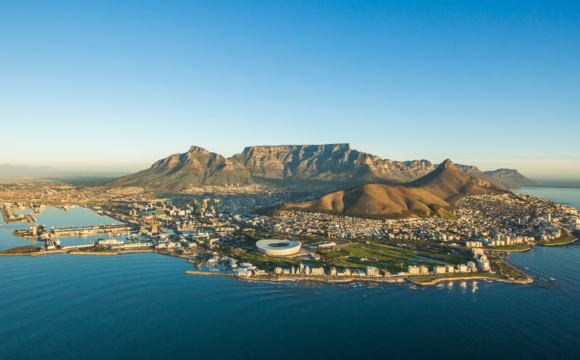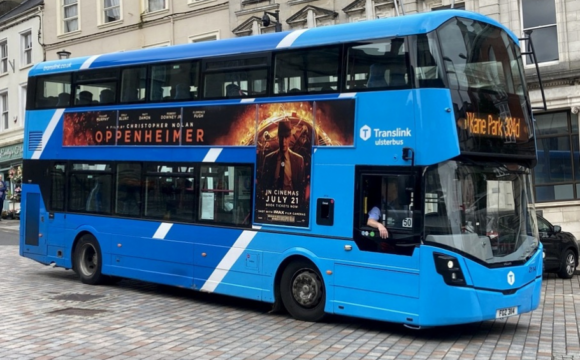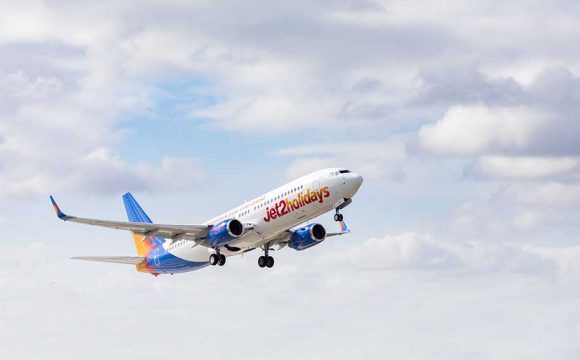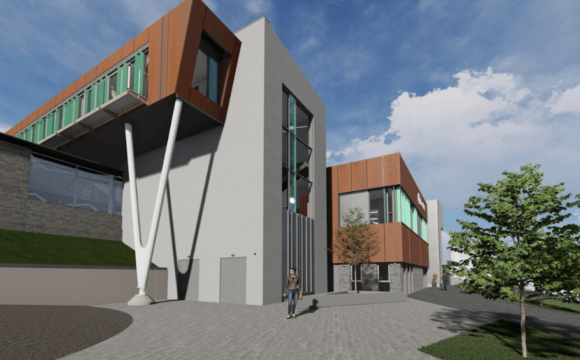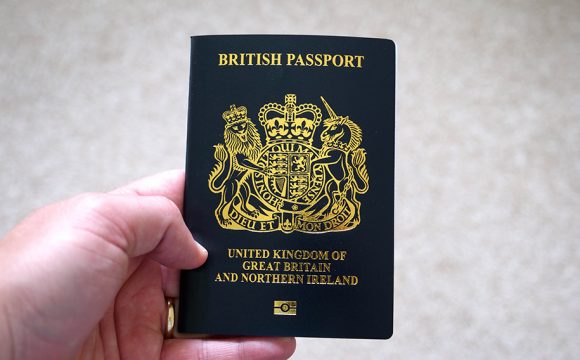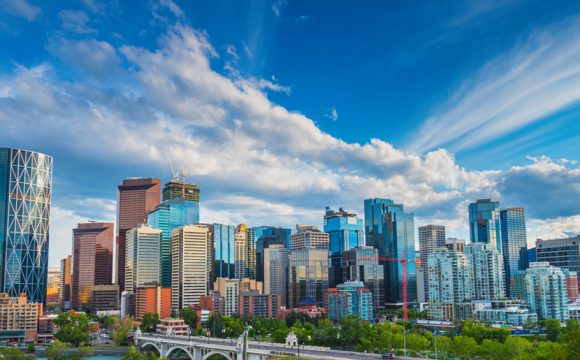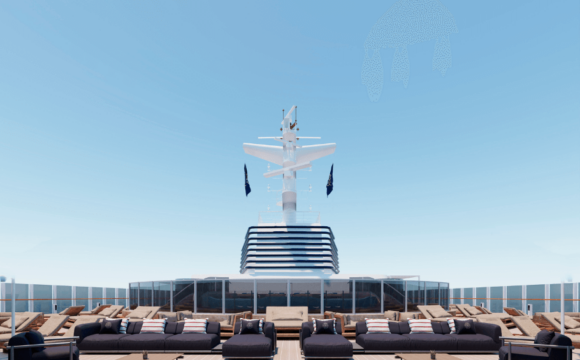Footfall declined by 2.1% in October, which is better than the rate seen in September and the 3-month average decline of 2.7%. The 12-month average decline is 1.5%.
Aodhán Connolly, Director Northern Ireland Retail Consortium: “There is little to be enthusiastic about in these latest footfall and vacancy results. We again have seen a decline in footfall which rounds off a six month streak of falling shopper numbers on our high streets and shopping centres.
“The shop vacancy rate in our town centres is similarly depressing with a small yet noticeable rise in empty premises. The simple fact is that the cumulative burden on retailers has become too much to bear and retailers of all sizes are feeling the squeeze. This is a trend across the entire UK, however it is particularly pointed in Northern Ireland where the highest level of business rates is ten pence in the pound more expensive than anywhere in Great Britain. The Department of Finance’s consultation on the future of rates closes today, and we are calling for fundamental reform because for our industry in Northern Ireland it is a key priority. The retail sector is 12 per cent of the economy in Northern Ireland but pays a quarter of all business rates. That is both inequitable and unsustainable.
“Retail’s store footprint in Northern Ireland will contract and the rates regime, if not fixed, will speed up that contraction. That’s not just bad for retailers. Less retail means less rates revenue which means either less income for councils and Stormont departments to spend, or those that are left pay more which will hasten decline further. Business rates need reduced now.”
Diane Wehrle, Marketing and Insights Director, Springboard: “The drop in footfall of -2.1% in Northern Ireland is a noticeable shift from a rise of +2.7% in October 2018. Whilst it can’t be regarded as a purely pre Brexit breakdown as the weather also played a part, the prevailing political uncertainty must be having a considerable impact on activity given the low level of consumer confidence.
“When confidence is low it doesn’t take much to deter shoppers and the torrential rain in the last week of the month hit footfall across most of the UK particularly hard with a drop of -6.2% over those seven days. In Northern Ireland, however, footfall in the final week only declined by -0.9% and actually rose in high streets by +1.2%. Northern Ireland’s Achilles heel was shopping centres, where footfall declined by -3.9% over the month and by -7.2% in the in the last week.
“Still of concern is the vacancy rate in Northern Ireland, which at 14.3% remains the highest of any part of the UK and which rose from 14.1% in July, reflecting the footfall result for the year to date of -2.2% versus -1.6% for the UK over the same ten month period. Northern Ireland’s vacancy rate contrasts with the rate for the UK as a whole which improved from 10.3% in July to 10% in October, a trend that often occurs as the number of pop up shops and temporary lets increase in the run up to Halloween and Christmas which can offset the loss of permanent occupiers.”


